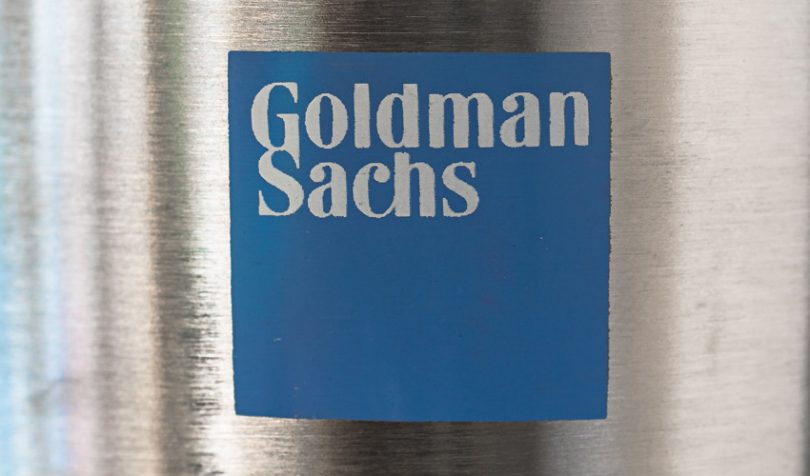Yesterday Bloomberg reported that Goldman Sachs extended its first cash loan where the security provided was in the form of Bitcoin. A spokesperson said the novelty was the structure and 24-hour risk management.
This follows Goldman participating in its first over the counter (OTC) Bitcoin option transaction last month.
Crypto-backed loans could be rather attractive to banks because of the high interest rate given the risks. The rates vary from 1% to 9% for retail users, depending on how much collateral is provided.
Bank balance sheet and risk rules
A bank’s profitability depends on how it can deploy its capital. Banks have to comply with Basel rules for their capital and risk exposures, which can make holding cryptocurrencies unattractive. While we delve into this below, there’s a bigger picture perspective.
Even if getting involved in crypto has some impact on a bank’s balance sheet, it depends on the scale, which is likely to be small initially. If there’s a belief in the future of the cryptocurrency sector, then the bank needs to swallow the short-term (small) balance sheet impact and start developing its expertise and market share.
The rules for crypto have not been finalized, but the current Basel proposal is a 1250% risk weighting for cryptocurrency exposures. That’s the same risk weighting as a securities payment that’s overdue.
When Goldman grants the cash loan, they don’t need to put the crypto on the balance sheet. They simply treat the cash loan as an asset because the Bitcoin still belongs to the borrower. So one reading is there’s no Basel impact.
However, our reading of the Basel proposals is that these types of crypto-assets are not “eligible forms of collateral”. If that’s correct (we’ve requested confirmation), then the loan is treated as unsecured borrowing, which has a higher capital requirement than one that’s secured.
There are two other potential Basel impacts. Sometimes banks have the right to sell or re-pledge the collateral, which often happens when the borrower provides securities as collateral.
If Goldman sells or pledges the Bitcoin collateral, that becomes a liability on Goldman’s balance sheet. The current Basel proposal applies the 1250% risk weighting to any net long or short position, in this case, a short position.
The second scenario is that if the borrower defaults, the Bitcoin becomes one of Goldman’s assets, so it has a long Bitcoin position. However, if Goldman had sold or pledged the Bitcoin and the borrower defaulted, Goldman’s position would be flat.
Bank risk exposures
Earlier this week, during the Financial Times Crypto Summit, the CEOs of several major crypto companies weighed in on the risks to traditional institutions of getting involved in cryptocurrency.
“Bitcoin’s going to take a G-SIB (global systemically important bank) down at some point because they don’t understand that the settlement risk is so different between Bitcoin and traditional assets,” said Caitlin Long, a veteran of Morgan Stanley who now heads Custodia Bank. The topic is explored further here.






